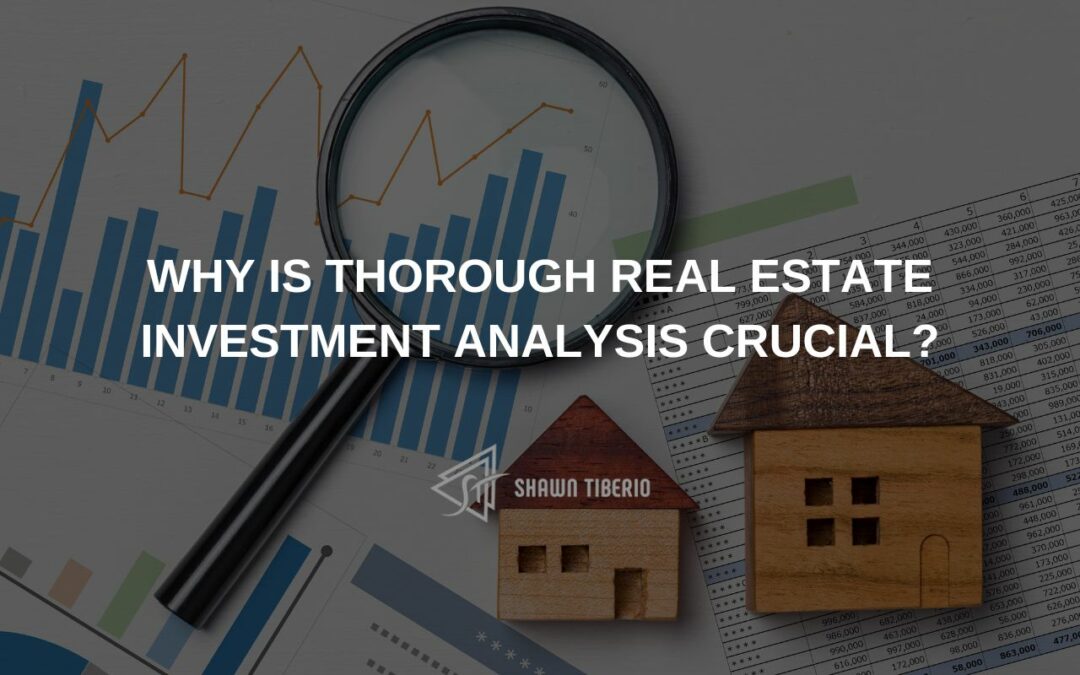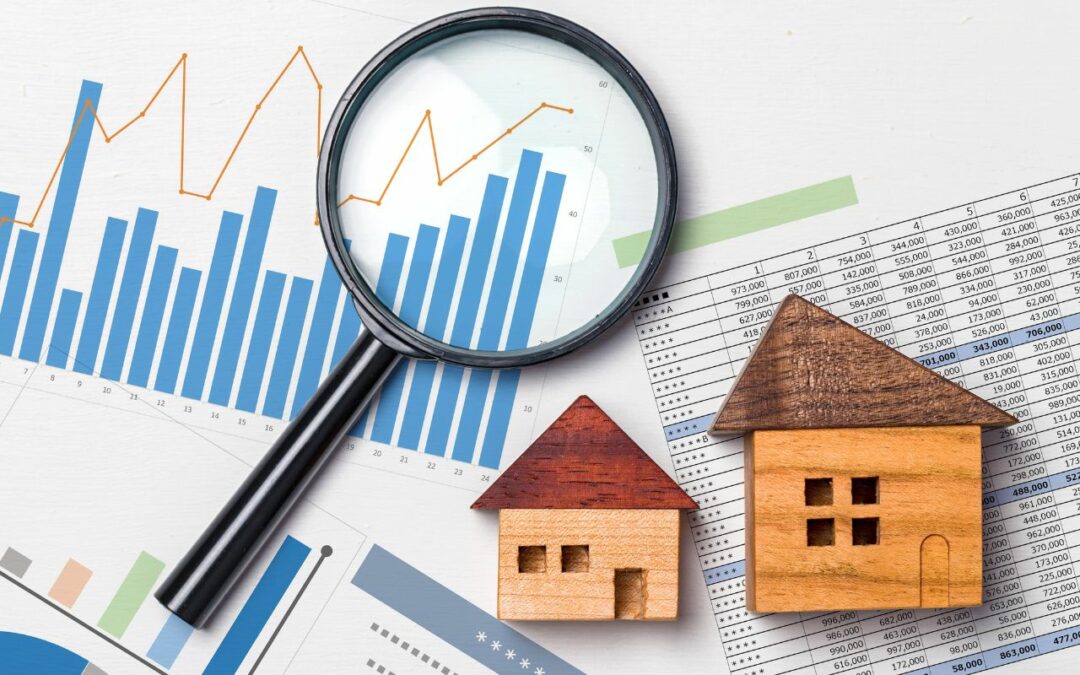As you dip your toes into the vast ocean of commercial property investment, it’s crucial to remember that knowledge is power. Understanding the ebbs and flows of market trends can be the compass that guides your decisions.
But that’s just the tip of the iceberg. There are five essential tips that can help you navigate this complex landscape, and each one holds the key to unlocking your success in this challenging, yet rewarding, venture.
Key Takeaways
- Stay updated on current market trends and conduct thorough market analysis to inform investment strategy.
- Evaluate the physical condition and potential risks of properties before making investment decisions.
- Understand key financial metrics and conduct budgeting and forecasting for effective financial planning.
- Build a strong network of industry professionals and leverage online platforms for networking opportunities.
Understanding Market Trends
To make informed investment decisions in commercial property, it’s crucial to grasp the current market trends and their potential impact on your investment strategy. Conducting a thorough market analysis is the cornerstone of a successful investment strategy.
Start by gathering data on vacancy rates, rental prices, and property sales in your target area. This information will help you understand the supply and demand dynamics, allowing you to identify potential investment opportunities and risks.
Market analysis also involves staying abreast of economic indicators and industry reports. Keep an eye on employment rates, GDP growth, and interest rate movements, as these factors can significantly influence the commercial property market. Additionally, understanding the specific trends within different commercial sectors, such as office, retail, or industrial, is essential for tailoring your investment strategy to the current market conditions.
Once you’ve gathered and analyzed the relevant market data, it’s time to align your investment strategy accordingly. If the market shows a rising demand for office spaces but a limited supply, it might be wise to focus your investments in that sector. On the other hand, if retail properties are experiencing a decline due to changing consumer behaviors, you might want to approach that sector more cautiously.
Evaluating Property Potential
When evaluating the potential of a commercial property, consider conducting a thorough inspection of the physical condition and structural integrity of the building. This crucial step in property analysis helps you assess the property’s current state and potential risks, allowing you to make informed decisions.
Here are three essential aspects to consider when evaluating a commercial property:
- Structural Integrity: Engage a qualified inspector to thoroughly assess the building’s structure, including its foundation, walls, roof, and overall stability. Understanding the structural integrity will help you gauge potential maintenance costs and long-term stability, reducing the risk of unexpected expenses.
- Environmental Factors: Evaluate the property for any environmental risks or concerns, such as the presence of hazardous materials, soil contamination, or potential exposure to natural disasters. Conducting a comprehensive risk assessment regarding environmental factors will help you mitigate potential liabilities and ensure compliance with environmental regulations.
- Future Expansion Potential: Consider the property’s ability to accommodate future expansions or modifications to meet the evolving needs of tenants or market demands. Assessing the potential for expansion can significantly impact the property’s long-term value and attractiveness to potential tenants.
Financial Planning and Analysis
Before delving into financial planning and analysis for your commercial property investment, it’s essential to understand the key metrics that drive profitability and sustainability in this sector.
Budgeting and forecasting are paramount in ensuring the financial success of your commercial property investment. Budgeting allows you to outline the projected costs and revenues, providing a clear roadmap for your financial activities. Meanwhile, forecasting helps in estimating the future financial performance based on historical data and market trends.
Risk assessment is another critical aspect of financial planning and analysis. Identifying potential risks and creating strategies to mitigate them is vital for safeguarding your investment. It’s important to carefully assess factors such as market volatility, economic downturns, and tenant stability to develop a comprehensive risk management plan.
Furthermore, financial planning and analysis can uncover investment opportunities. By analyzing market trends and property performance, you can identify areas for potential growth and expansion. This insight can help you make informed decisions on acquiring new properties or optimizing existing ones to maximize returns.
Building a Strong Network
Understanding the key metrics that drive profitability and sustainability in commercial property investment will help you build a strong network that can open doors to valuable opportunities and resources. Building a robust network in the commercial property investment industry is crucial for success.
Here are some practical steps to help you establish and grow your network:
- Networking Events and Connections: Attend industry-specific networking events and actively engage with other professionals. These events provide a platform to meet potential partners, investors, and industry experts who can offer valuable insights and opportunities.
- Relationship Building and Industry Contacts: Focus on building genuine relationships with industry contacts. Take the time to understand their needs and offer assistance where possible. By nurturing these relationships, you can gain access to a wealth of industry knowledge and potential investment opportunities.
- Online Platforms and Communities: Utilize online platforms and communities dedicated to commercial property investment. Engage in discussions, share your expertise, and seek advice from experienced investors. These platforms can help you connect with like-minded individuals and expand your professional network beyond geographical limitations.
Navigating Legal and Regulatory Aspects
To effectively navigate the legal and regulatory aspects of commercial property investment, it is crucial to understand the local laws and regulations that govern the industry. Legal compliance and regulatory hurdles are critical considerations for any commercial property investor. Here are some key points to consider:
| Key Aspect | Description | Importance |
| Local Zoning Laws | Understanding the specific zoning regulations for commercial properties in your target area. | Ensures property use aligns with regulations. |
| Environmental Regulations | Being aware of environmental laws and regulations related to commercial property development. | Avoids costly violations and cleanup expenses. |
| Building Codes | Familiarize yourself with building codes and standards to ensure compliance in property development. | Prevents legal issues and ensures safety. |
| Permit and Licensing | Knowing the permit and licensing requirements for property construction and ongoing operations. | Avoids fines and legal complications. |
| Tax Regulations | Understanding property tax laws and potential tax incentives in the specific investment location. | Minimizes tax-related risks and maximizes benefits. |
Being well-versed in these legal and regulatory aspects will help you make informed decisions and mitigate potential risks. Additionally, consulting with legal experts and local authorities can provide valuable insights and guidance in navigating the complex landscape of legal compliance and regulatory hurdles in commercial property investment.
Frequently Asked Questions
How Can I Effectively Negotiate With Commercial Tenants to Maximize Rental Income and Minimize Vacancies?
When negotiating with commercial tenants, focus on tenant retention and lease negotiation to maximize rental income and minimize vacancies.
Offer incentives for long-term leases and prioritize open communication to address tenant needs.
Conduct regular market research to set competitive rental rates.
Utilize professional negotiation tactics to secure favorable lease terms.
Implement proactive property management to maintain tenant satisfaction and attract new businesses.
What Are Some Lesser-Known Tax Incentives and Deductions Available to Commercial Property Investors?
When investing in commercial properties, it’s important to explore lesser-known tax incentives and deductions.
Tax credits and depreciation benefits can be advantageous, along with energy efficiency incentives and adherence to green building standards.
These can help reduce tax liability and increase cash flow.
It’s crucial to stay informed about these opportunities to maximize returns on your commercial property investments.
How Can I Assess the Environmental Impact and Sustainability of a Commercial Property Before Making an Investment?
Want to ensure the eco-friendly stance of a commercial property before investing?
Start by conducting an environmental impact assessment to gauge its ecological footprint.
Look for sustainability certifications like LEED or Energy Star ratings to ensure energy efficiency.
Assess waste management practices and look for green building features.
These steps won’t only enhance your investment’s sustainability but also contribute to a healthier environment.
What Are Some Strategies for Mitigating Risk and Managing Potential Liabilities Associated With Owning Commercial Property?
When it comes to risk management and liability protection for commercial properties, a key strategy is thorough tenant screening. This helps mitigate potential issues and ensures reliable tenants.
Additionally, effective lease negotiation can help establish clear terms and protect your interests. These proactive measures can significantly reduce the potential for liabilities and maximize the success of your commercial property investment.
Are There Any Unique Challenges or Considerations for Investing in Commercial Properties in Specific Geographic Regions or Market Segments?
When investing in commercial properties, it’s crucial to consider market trends, regional regulations, property management, and tenant relationships.
Each geographic region or market segment presents unique challenges and opportunities. Understanding local market dynamics and regulations is essential for success.
Different regions may have varying tenant preferences, market demand, and regulatory hurdles. By staying informed and adapting to these variations, you can navigate the unique landscape of commercial property investment.
Final Thoughts
As you venture into the world of commercial property investment, remember to stay informed about market trends. Assess property potential and plan your finances carefully. Build a strong network and stay up to date on legal and regulatory requirements.
With these tips, you’ll be well-equipped to navigate the complexities of commercial property investment and make smart, informed decisions. And remember, Rome wasn’t built in a day – success in this field takes time, patience, and perseverance.
Good luck on your investment journey!














